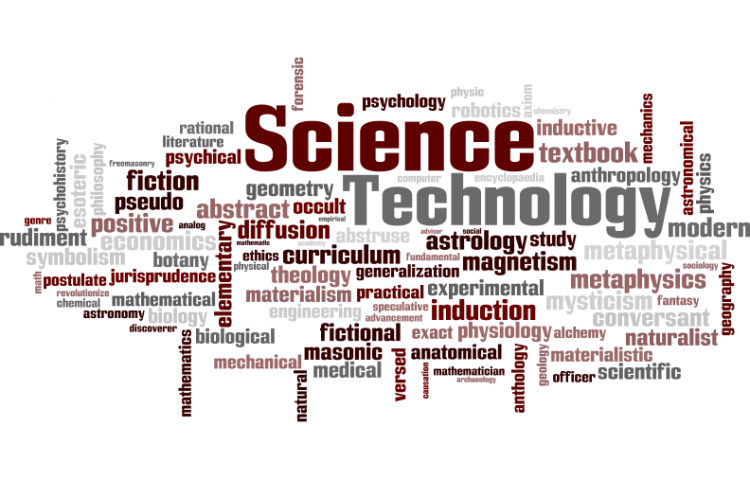Seoul Declaration to Advance Gendered Research, Innovation and Socio-economic Development in the Asia Pacific

- Target:
- Science and policy leaders
- Region:
- GLOBAL
- Website:
- gender-summit.com
The historical inequalities between women and men in research participation and in science knowledge create barriers to achieving the full socio-economic benefits of science-led innovation. With women in a minority and science with more evidence for men than for women, outcomes and opportunities are biased to advantage the needs of men and overlook the needs of women.
But now, extensive evidence shows that gender bias in science knowledge making can negatively impact on the quality of scientific research for both women and men. Whilst we continue building systematic understanding of the underlying causes, we have enough solid knowledge to generate the benefits of gender sensitive and responsive research.
The scientists, gender scholars and policy makers attending the Gender Summit 6 - Asia Pacific 2015 (GS6 – AP) discussed the full complexity and diversity of gender issues in research and innovation in the region. These discussions identified numerous scientific and socio-economic benefits of adopting gendered approaches to research and innovation.
Science and policy leaders in Europe have already taken such actions as a strategy for the EU Horizon 2020 programme, as well as at national level.
We call on science and policy leaders in Asia Pacific to promote gender aware and sensitive research and innovation to improve the quality of science and enhance socio-economic development in the region.
We, the undersigned agree on the following recommendations for actions:
1. COLLABORATE by creating national and regional alliances to enable continued dialogue on common gender problems in science, such as criteria of scientific excellence, which are of concern to policy makers, scientists, gender research experts, and stakeholders in science endeavours, including industry and citizens.
2. ASK, to ensure quality of research process, “whether, and in what sense, biological sex and gender differences are relevant in the objectives and methodology of the project”. Evidence demonstrates that the assertion that science is gender neutral is not the case. For instance, when gender is not taken into account, research often results in different health and safety outcomes for women and men.
3. ESTABLISH research and innovation protocols, standards, regulatory regimes, as well as binding recommendations in areas where evidence already demonstrates the need to validate results to ensure safety and efficacy for both women and men. Examples include diagnostic biomarkers, stem cell medicine and assistive devices.
4. AGREE on accepted terminology, schema and models for representing and reporting the role and effects of biological sex and gender in scientific contexts, for instance when to use the term ‘sex’ and when to use ‘gender’ when explaining study results. There is considerable confusion in the research literature regarding terminology and this affects the potential for conducting systematic reviews and meta-analytic studies.
5. CREATE fresh opportunities for developing new markets for science knowledge by advancing gendered innovation ecosystems. Such systems can be constructed by exploiting connections between: 1) gender sensitive research; 2) the different interests and product needs of women and men; and 3) making better use of the available female scientific and creative capital. These may involve, for instance, speech recognition products or devices promoting healthy aging.
6. INVOLVE more women in innovation value chains - in idea creation, development, and implementation. Evidence shows that: 1) gender balance in a team improves its collective intelligence; 2) in ‘crowd sourcing’ innovation, women outside the formal innovation circles contribute better solutions than others; and 3) when experiments fail, women and men adopt different problems solving strategies.
7. IDENTIFY statistics, indicators, and methods for collecting sex-disaggregated data to enable better understanding of the current situation regarding gender equality in science at institutional, national, and regional level. Key measures include: 1) gender balance in participation in science education, in research and innovation, and in science-related academic, industry and related employment; 2) institutional gender equality polices; 3) progression stages in the career pathways of women and men; and 4) applications and success rates in access to research funding.
8. EDUCATE, starting with schools and including university students, researchers, mangers of research and science communicators about the importance of including gender perspectives in research and innovation. Common sources of resistance to change include implicit and explicit gender bias, and cultural gender stereotypes. Children as young as 9 months can distinguish gender roles and by the age of 2 years have constructed their own gender stereotypes, which reflect those of the society they live in.
9. JUDGE the individual and scientific quality, and potential, of women and men using clear and fair assessment criteria, monitoring outcomes for signs of gender bias in order to improve the selection process. Evidence shows that bias in the evaluation of merit is common and favours the success of men: in recruitment to research teams and jobs; in career promotion; and in the award of research grants.
10. CREATE conditions for the gendered research and innovation principles to be implemented in practice through funding policies and programmes, encouraging cross-disciplinary and cross-sector collaboration, for example between universities, industry and Civil Society organisations.
You can further help this campaign by sponsoring it
The Seoul Declaration to Advance Gendered Research, Innovation and Socio-economic Development in the Asia Pacific petition to Science and policy leaders was written by Gender Summit 6 Asia Pacific and is in the category Science & Technology at GoPetition.